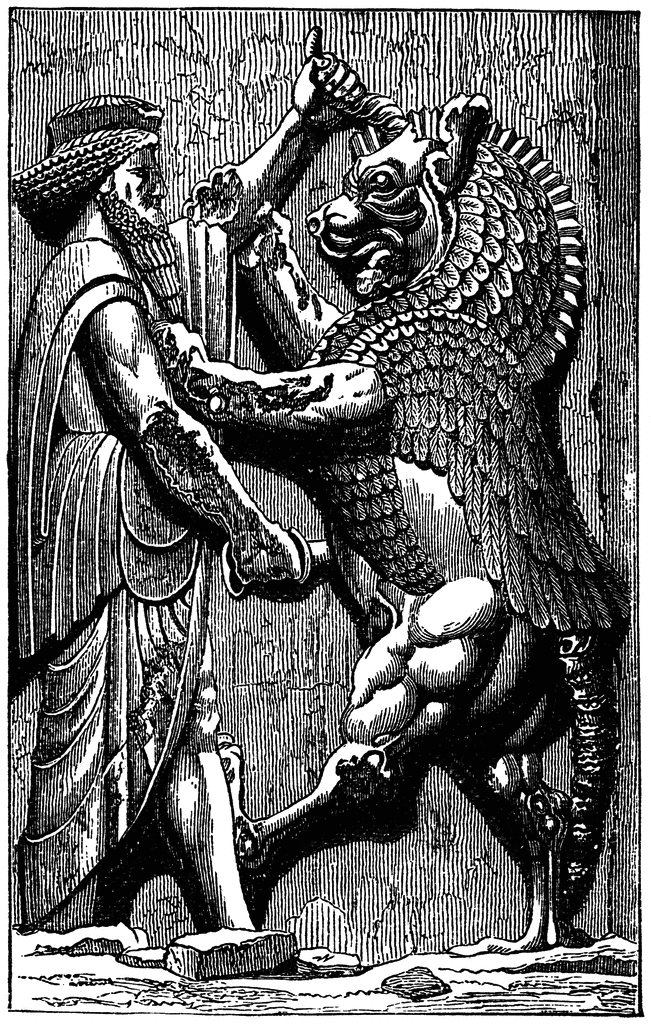
#FolkloreThursday Thread: Here is, at first sight, a very strange Serbian superstition about dogs:
A place where a dog has scratched the ground is in Serbian called "sugreb". It is believed that stepping on this place can cause person to get sick "and even to go mad"!
A place where a dog has scratched the ground is in Serbian called "sugreb". It is believed that stepping on this place can cause person to get sick "and even to go mad"!

This is why when you see that the dog has scratched the soil, you should spit on that spot, and that would "cure it"...
This is very interesting. Why would people believe this?
This is very interesting. Why would people believe this?
Well Serbs also believed that "dogs are unclean" and that "god's breath can reach 100 cubits into the earth"...What does this mean? Why did people believe this?
Maybe this is the clue: "The first puppies are thrown into a river because they can get rabies"...Now this is very interesting...
"Furious rabies occurs when the rabid dog becomes aggressive, highly excitable, and displays evidence of a depraved appetite, eating and chewing stones, earth..." I presume after furiously scratching the earth... 

This is why "you can get mad" if you step on the place scratched by the dog" and why "spitting on the place scratched by the dog cures the place of the disease"...
A lot of Serbian wolf folklore is also directly linked to rabies...oldeuropeanculture.blogspot.com/2020/01/goropa…
People were so afraid of wolves and the "great disease that they carry" that Serbs believed that other diseases are scared of wolves too. And so wolves feature prominently in spells used for protection of diseases oldeuropeanculture.blogspot.com/2020/01/enemy-…
Forgot to post the source of this Serbian folklore. "Srpski Mitoloski Recnik" (Serbian mythological dictionary). You can get pdf here, in Serbian, Cyrillic dlscrib.com/queue/srpski-m…
• • •
Missing some Tweet in this thread? You can try to
force a refresh


















